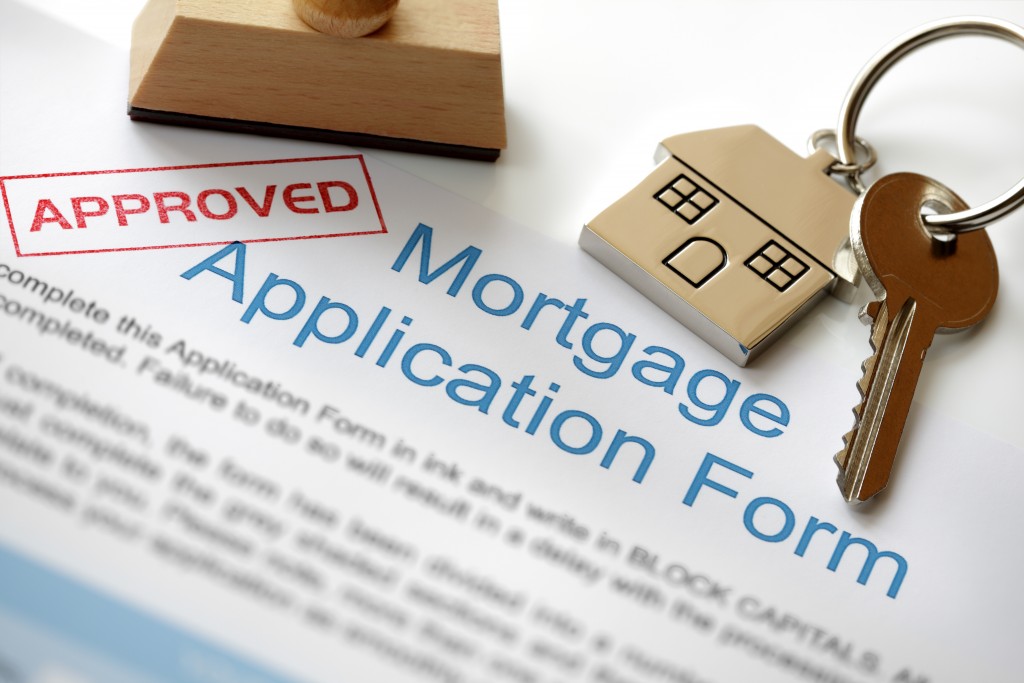Disclaimer: This website provides health information for educational purposes only and is not a substitute for professional medical advice, diagnosis, or treatment. Always seek the guidance of a qualified healthcare provider with any questions you may have.
As a homeowner, you might find yourself trying to make sense of the benefits and disadvantages of securing a loan versus re-mortgaging to finance your planned home improvement. This is pretty understandable because countless other property owners out there face such a dilemma.
With the ongoing COVID-19 pandemic, your eventual choice would be very critical since you’ll be allocating a considerable amount off of your income to complete your project. Not to pressure you but this is one decision you can’t afford to mess up.
To date, the pandemic has negatively affected the once smooth mortgage chain and has made the option of refinancing mortgages doubly harder. The same can be said about qualifying for a home improvement loan since many companies who would normally approve applications easily are now taking extra precautions before giving homeowners the cash that they need.
Now, if you’re currently deciding on whether to secure a home improvement loan or just apply for a re-mortgage so you could make planned improvements to your property, you should consider the pros and cons of both options.
Here are the benefits and advantages of re-mortgaging and home improvement loans that you should know to help you make the right pick:
Home improvement loan pros and cons
A home improvement loan provides various pros that are too good for homeowners to pass on, especially if they need hard cash to make improvements to their property.
The first benefit of a home improvement loan is that you’re not putting your home as collateral to get the cash that you need for your planned repairs or remodeling works. You should have a good credit score to qualify for this option. Most banks and other lending institutions are more than willing to approve applicants with high credit ratings.
Another big draw about this type of loan is the fact that it allows property owners with meager savings to secure quick cash to make improvements to their homes. You could also get approved much quicker with a home improvement loan than if you’ll re-mortgage your property.
Lastly, a home improvement loan typically has a shorter repayment period than a re-mortgage, which could stretch up to 20 or 30 years. This is ideal if you don’t want the burden of worrying about making monthly payments for far too long in the future.
Now, what about the negative side of a home improvement loan option?
First, you’ll need to pay a higher amount monthly since your term is far shorter than a mortgage refinancing. This can be a deal-breaker if you’ll suddenly find yourself constantly short on cash in the future.
Another downside is that missing payments will surely bring down your credit score — not a sunny idea if you intend to apply for future loans.
Finally, the amount of take-home cash in a home improvement loan can be significantly lower than a re-mortgage so you have to be pretty sure about the amount that your planned improvement would cost.
Benefits and disadvantages of mortgage refinancing (re-mortgaging)

The option to refinance an existing mortgage (also called a re-mortgage) has several benefits that make it popular among property owners who are looking for ways to make home improvements.
First, re-mortgaging will give you access to a large sum, which is perfect if you need a huge amount of money to remodel, repair, or renovate your home.
Secondly, you can lower your monthly payments by going for this method — perfect if you have other expenses to allot your monthly income to.
Finally, a mortgage refinancing will allow you to consolidate your debts so you only need to think about paying off your re-mortgage obligations.
Meanwhile, the drawbacks of mortgage refinancing include higher interests and a longer repayment period. You should, thus, find the best mortgage rates possible to avoid ending up paying way too much every month. This website will help you calculate your refinance rate based on several factors like credit score, property value, and loan term.
Keep in mind that you’re essentially trading off quick cash with lower interests and a shorter repayment scheme so only pick this option if you can live with these trade-offs.
Lastly, you run the very real risk of having your home repossessed by the bank or lending firm that approved your application for a mortgage refinancing.
Unlike a personal loan for home improvement purposes, a re-mortgage would require you to have your home as your collateral. Knowing this possibility, you have to make sure that you have the financial capacity to make your monthly payments on time.
With these facts laid before you, you should find it a lot easier to decide which option will work to your advantage and fit your needs.




